5 Things I Learned On the Oregon Trail
So Michael and I moved to Portland, Oregon.
We lease our car, and we had our car lease for another 3 months, and plenty of miles left on it, so I wanted to drive out there — I’ve always wanted to drive cross-country anyways. I didn’t anticipate Michael would want to drive it, so in my head I was thinking he’d fly, and I’d go through Colorado and see a lifelong friend there on the way. But when we discovered that our new apartment required that we pick up keys on the same day, long story short, Michael suggested the Oregon Trail.
Which I didn’t even realize existed anymore. So that was a quick “Yes!”.
Michael planned the whole thing [while life was crazy for me preparing for and taking two work trips back-to-back to Santa Monica and Vancouver, purging and packing our apartment, and planning a baby shower]. He researched everything, so we could see as much of the key places as possible, and keeping all driving legs under 3 hours. 5 days, 4 nights.
Literally, he planned every stop, including highly-rated local restaurants like Kansas City barbecue, the best burger I’ve ever had, in Kansas, and a diner along the North Platte River, Nebraska, where for breakfast I ordered the North Platter because of its name. And of course Michael being Michael also selected a unique gas station dining experience.

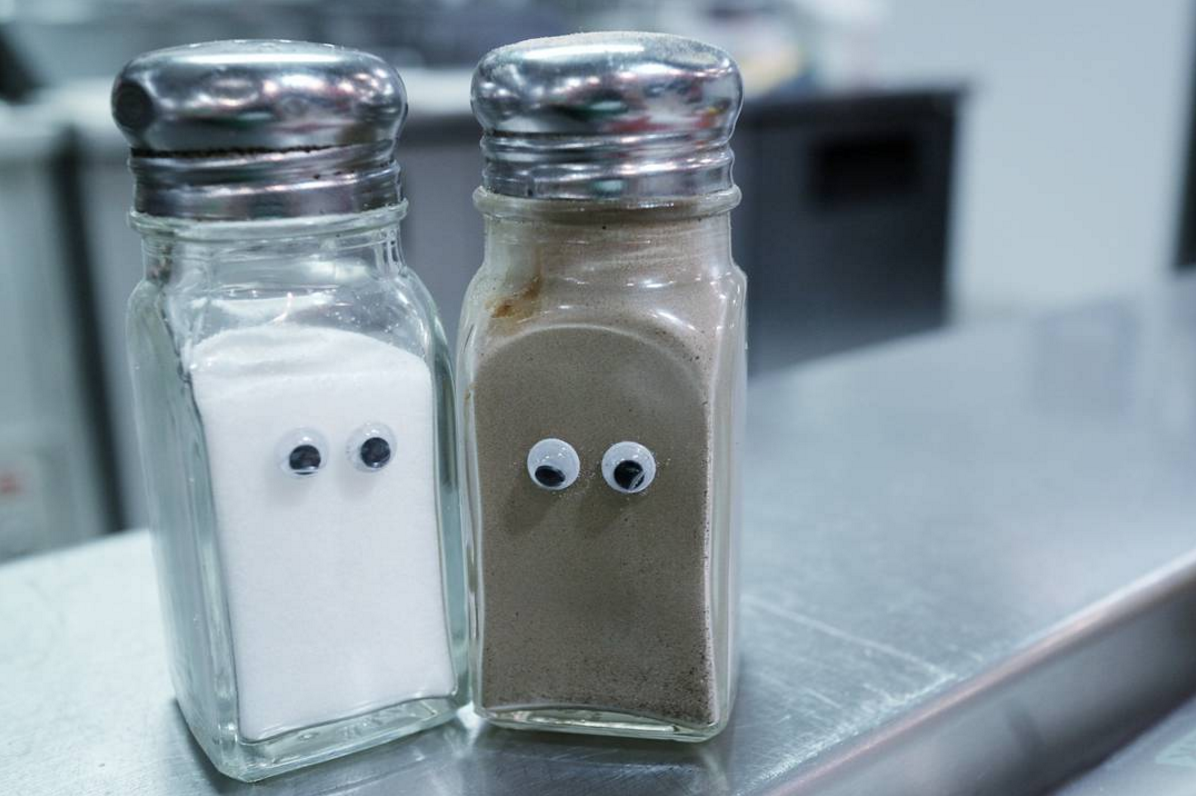
To be honest, the decision to take the Oregon Trail started out as kind of a fun joke/throwback to elementary school thing to do, “just because”. And in the weeks preceding our departure we had all the jokey conversations with friends and colleagues like “Watch out for typhoid and dysentery.” And “Don’t ford any rivers!” In fact we saw this t-shirt at the trailhead…

… and at Independence Rock in Wyoming, there were rabbits literally all over the place and all I could think of was “Yes! Food!”
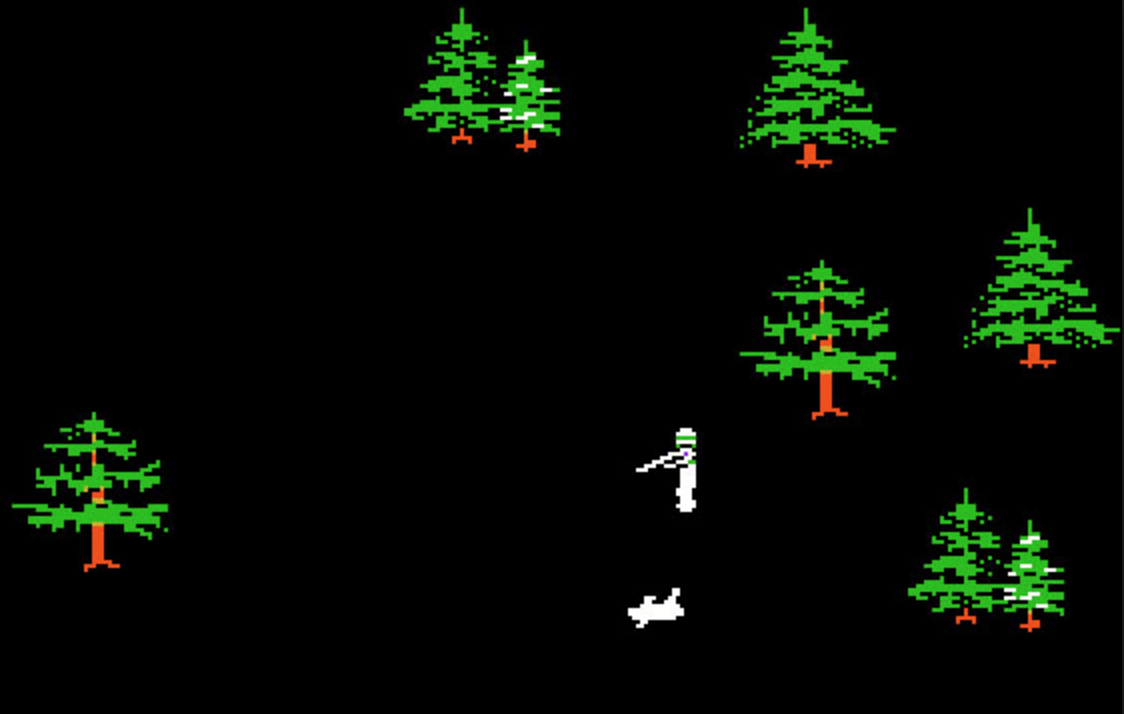
But seriously once we left our hotel in Independence, Missouri (the Oregon Trail trailhead) it very quickly became the most real, seriously incredible experience. One that I’d recommend for absolutely everyone.
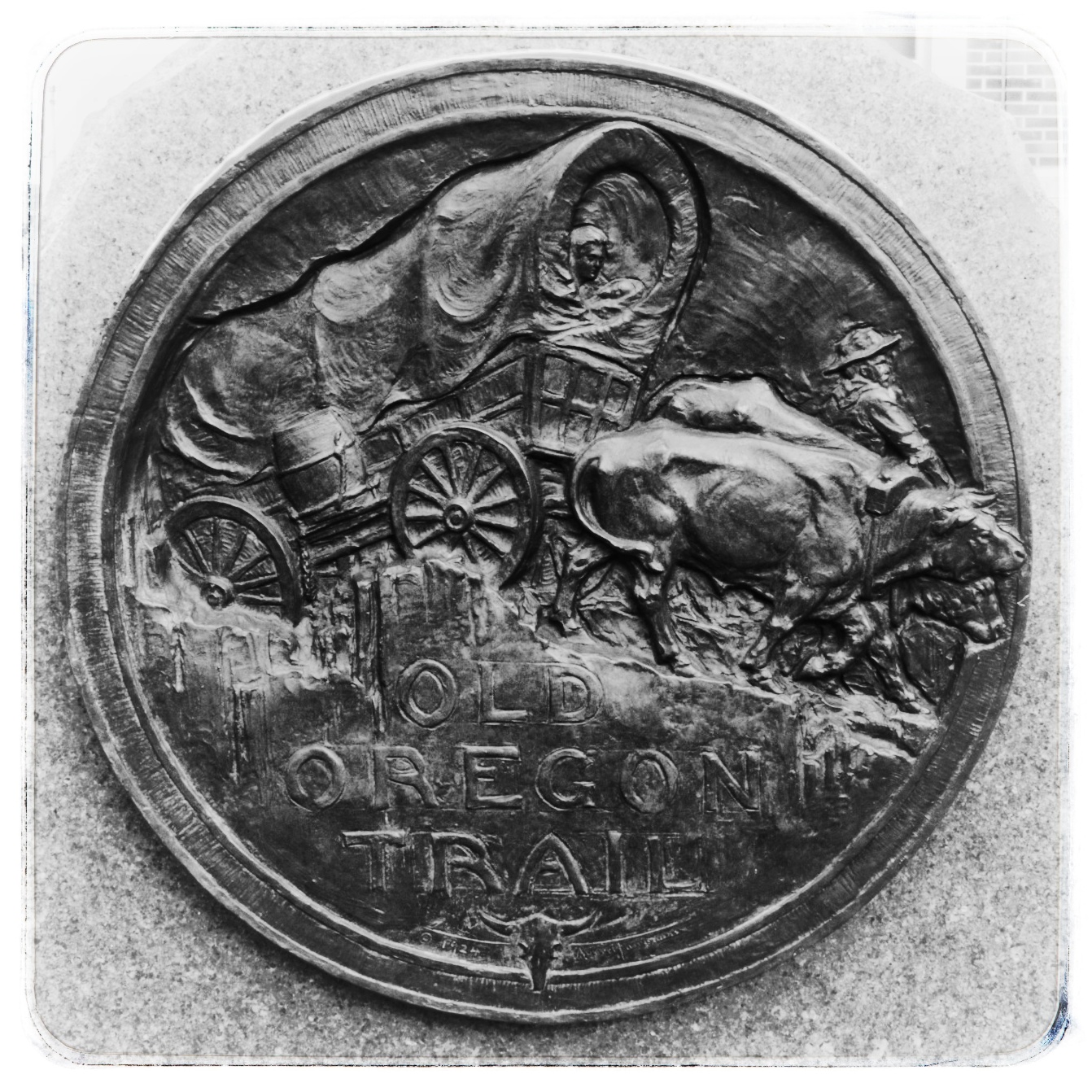
I’m not sure how much the quality of the experience was compounded by the the fact that I grew up playing the Oregon Trail computer game in school, and that we actually were moving there, but regardless it was unexpectedly valuable and amazing. A lot of the Trail is now US-30 which I was familiar with [a different part of] from my time as a camp counselor in the Chicago area. There’s a bit of interstate, but it’s mostly empty roads through Kansas, Nebraska, Wyoming, and Idaho. Entirely beautiful, but each state in a different way.
Eastern Nebraska…
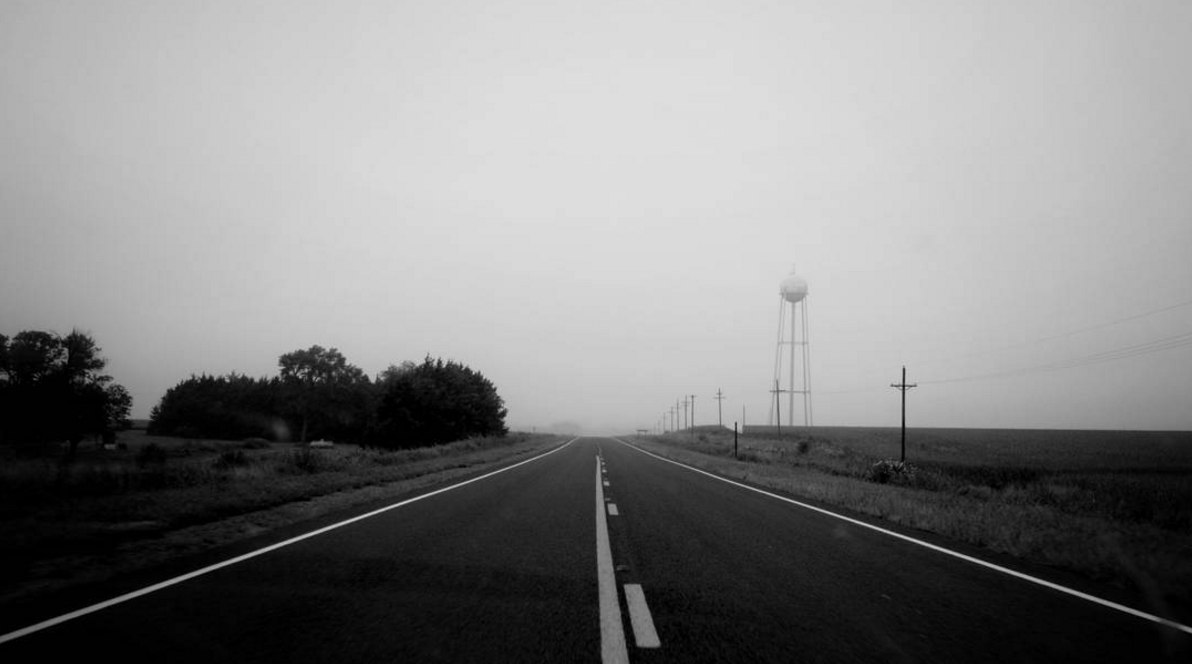

And Western Nebraska, when the landscape starts getting particularly interesting…
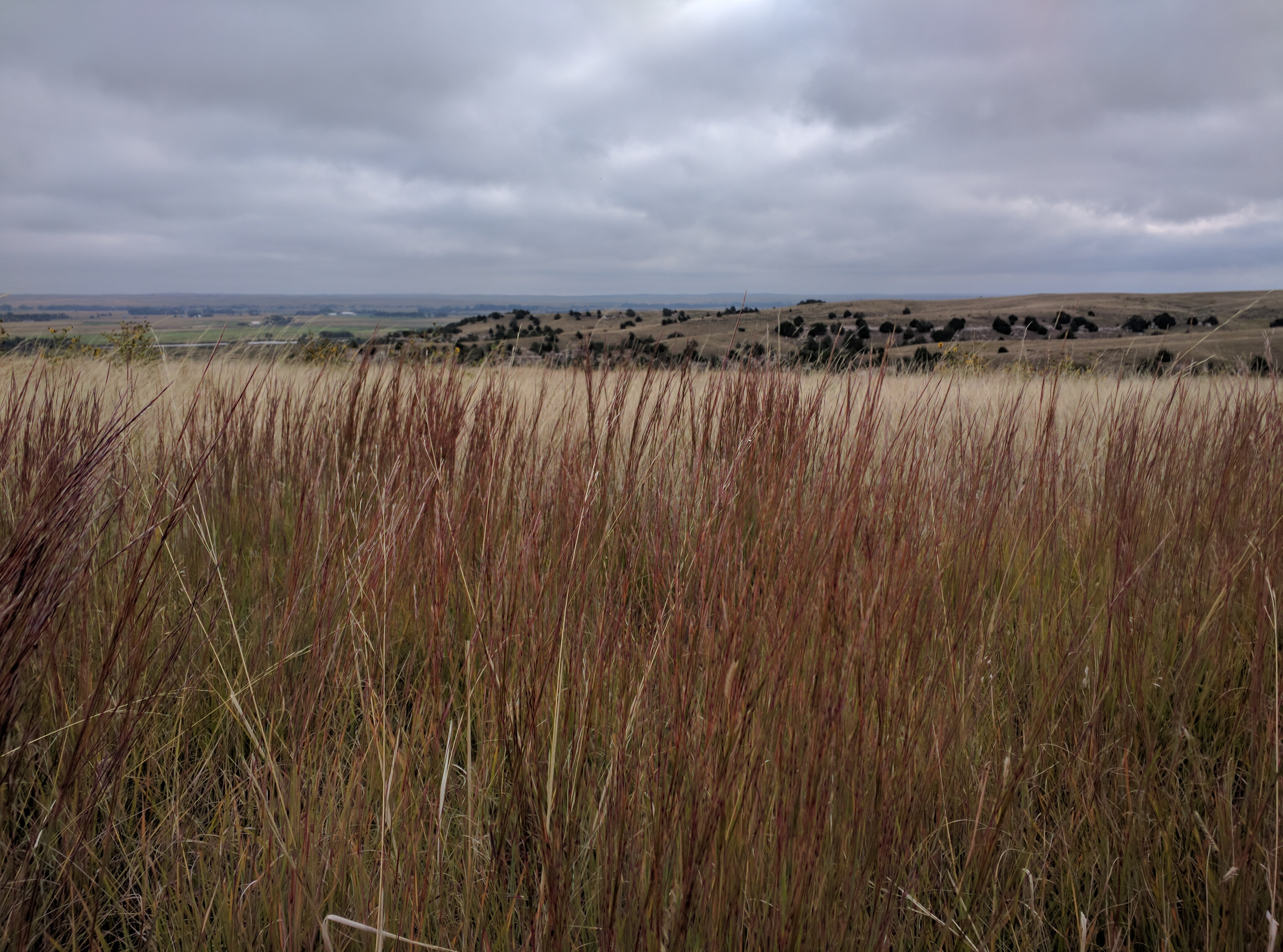
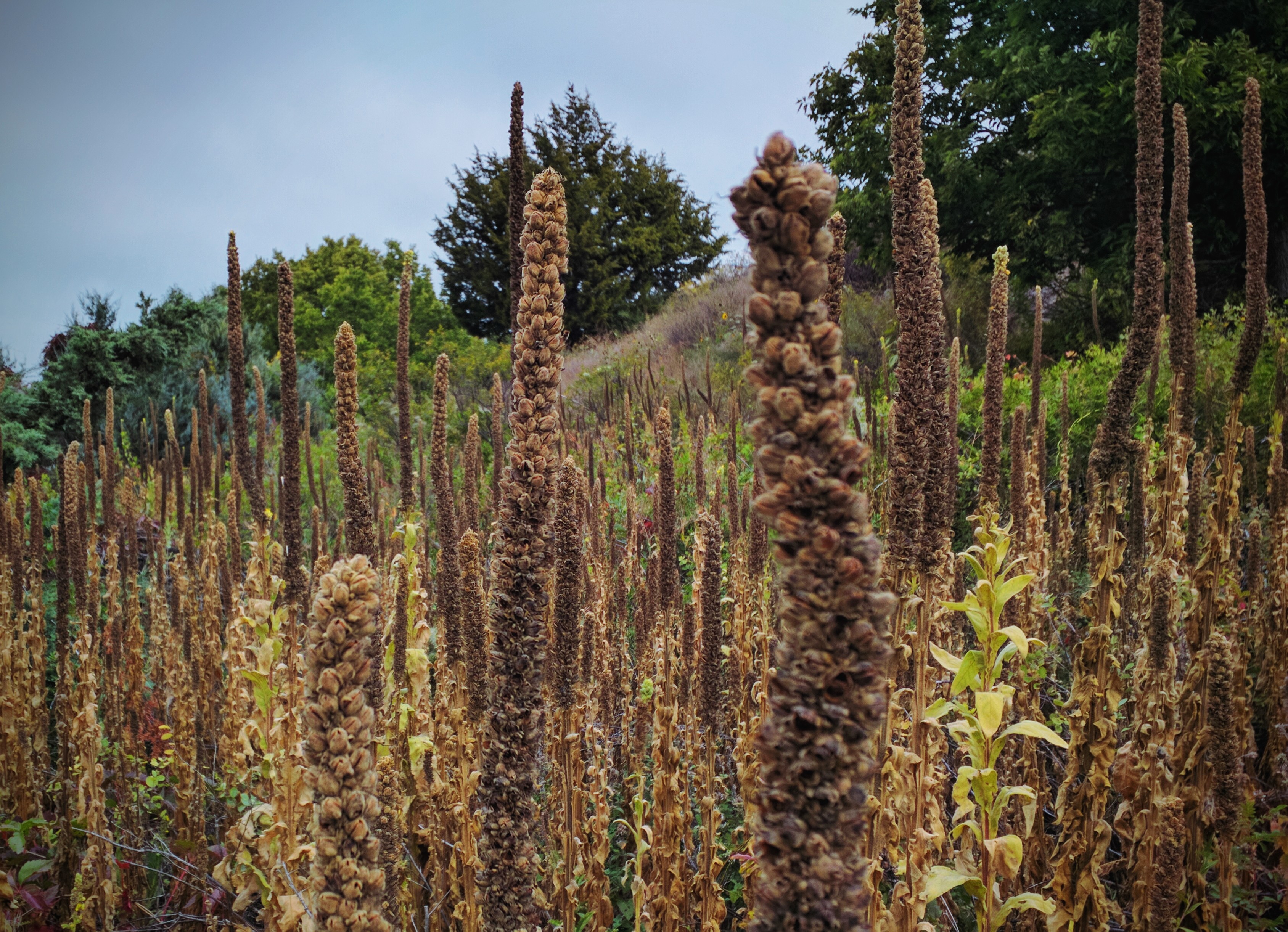
… and it’s apparently a thing to place worn-out boots on fence posts for eternity…

… and Chimney Rock is a real thing that occurred in nature… in the middle of the Great Plains. So weird!
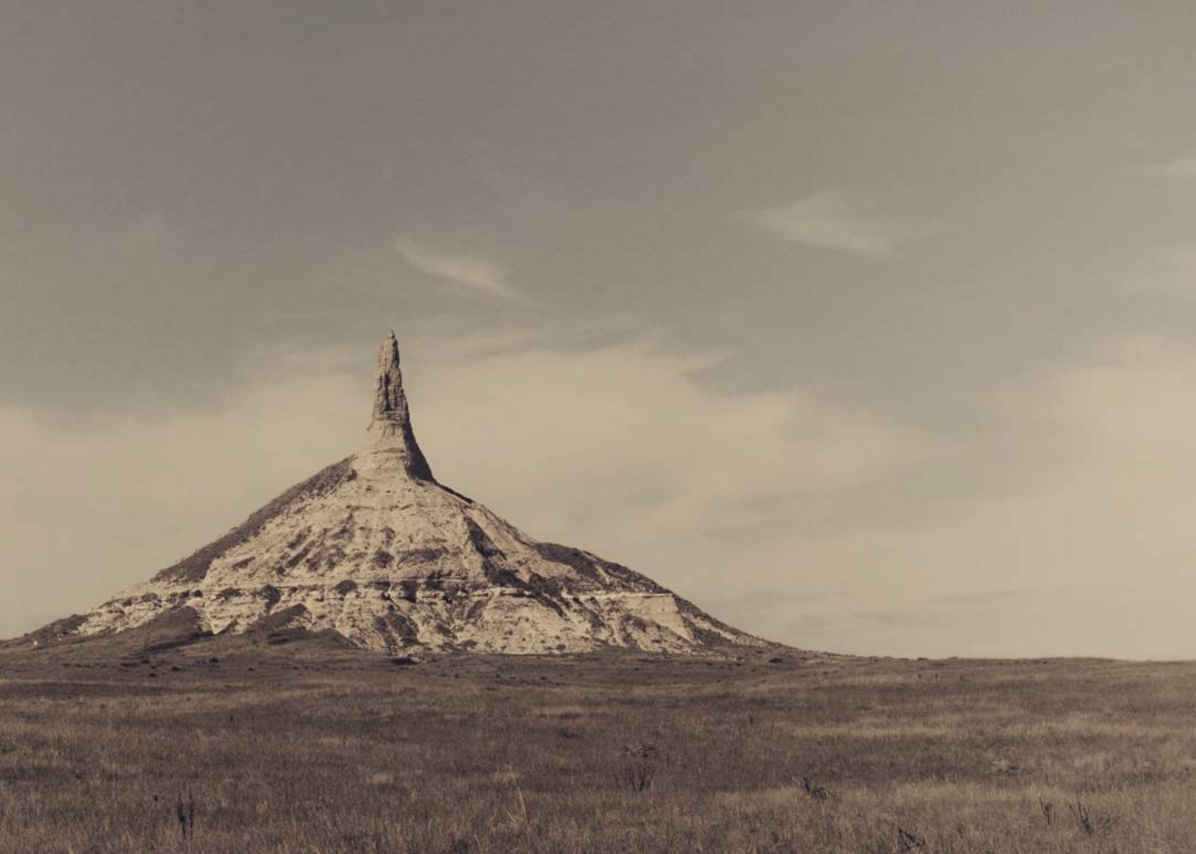
And Wyoming omg …
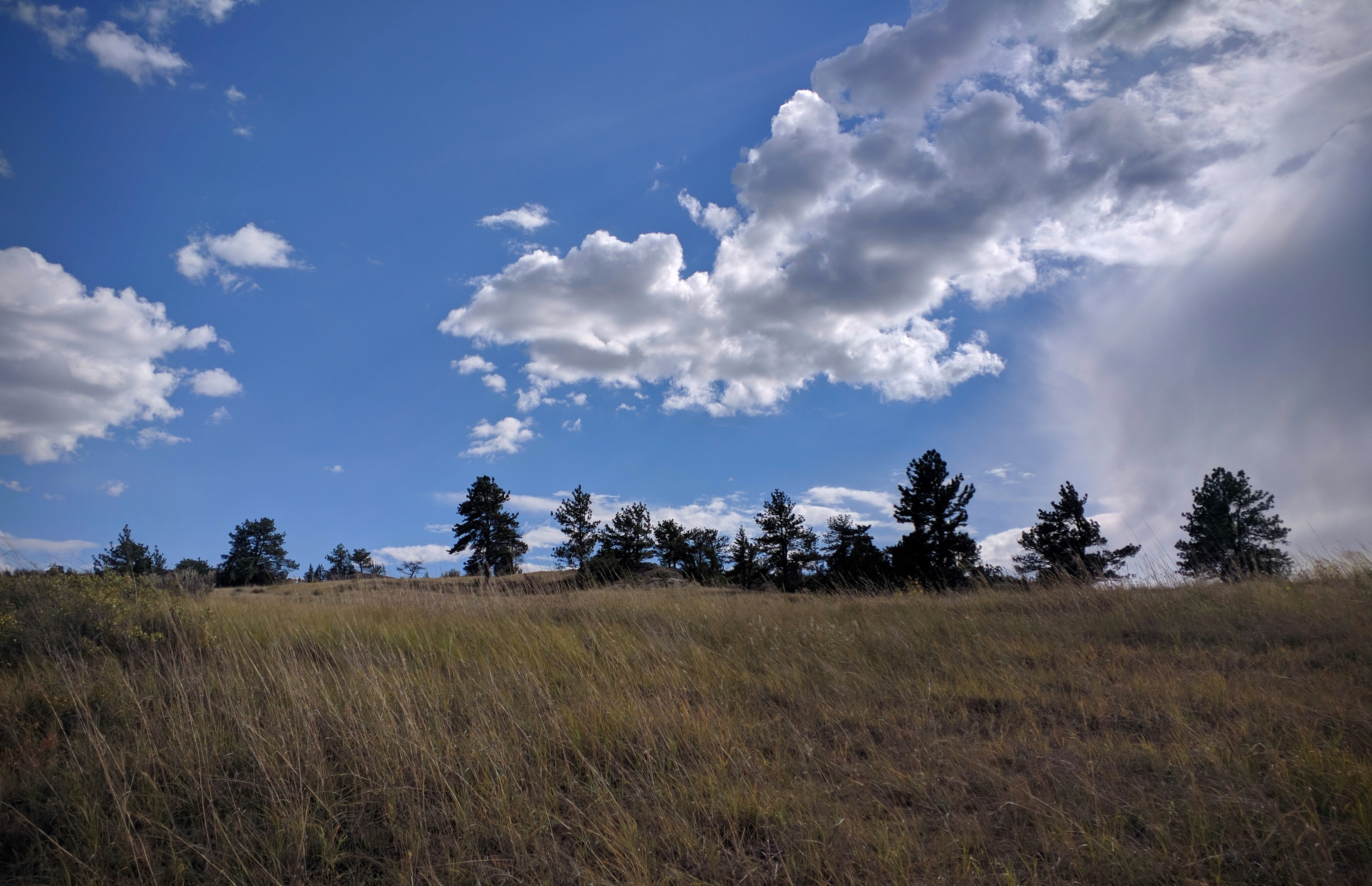
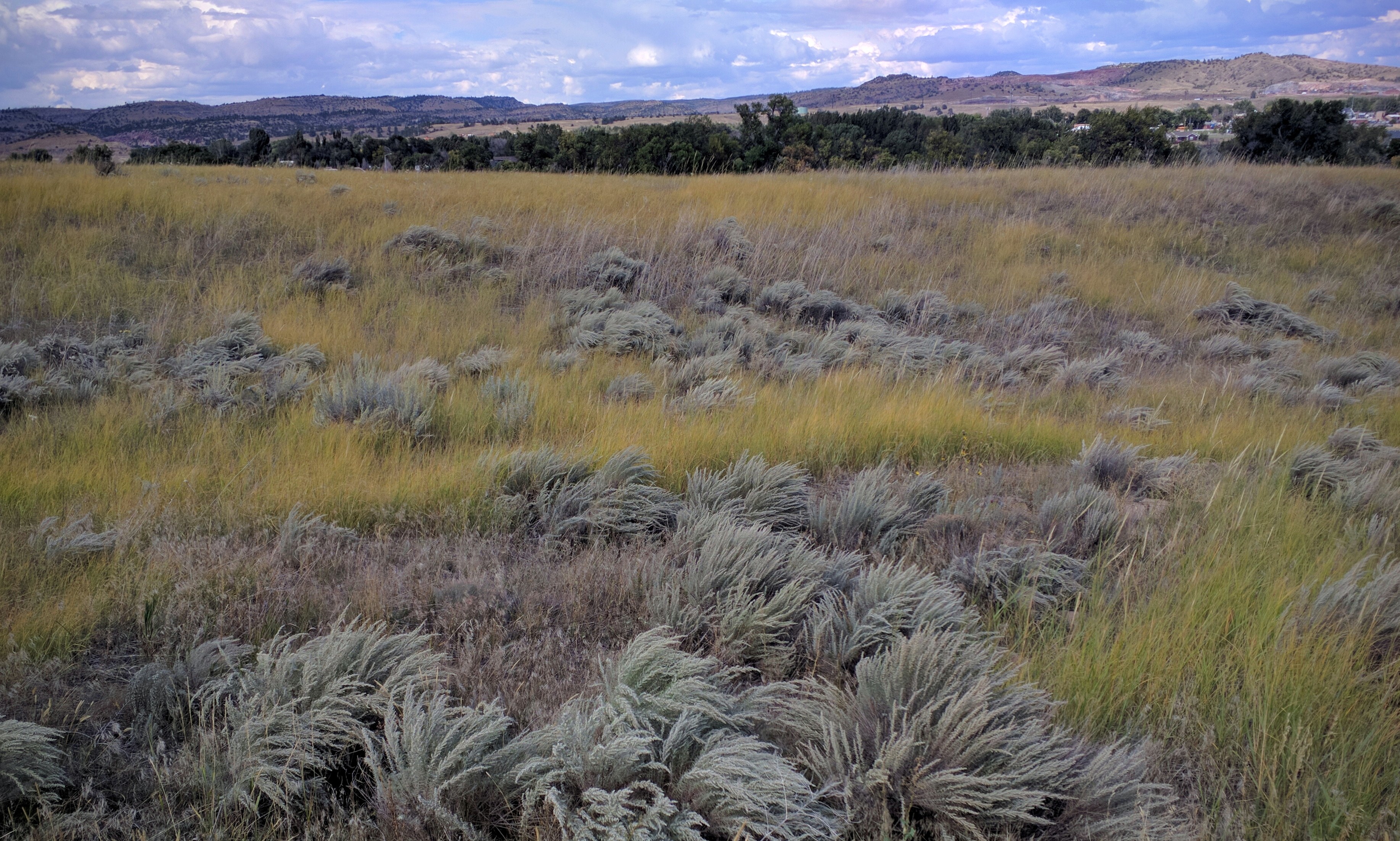
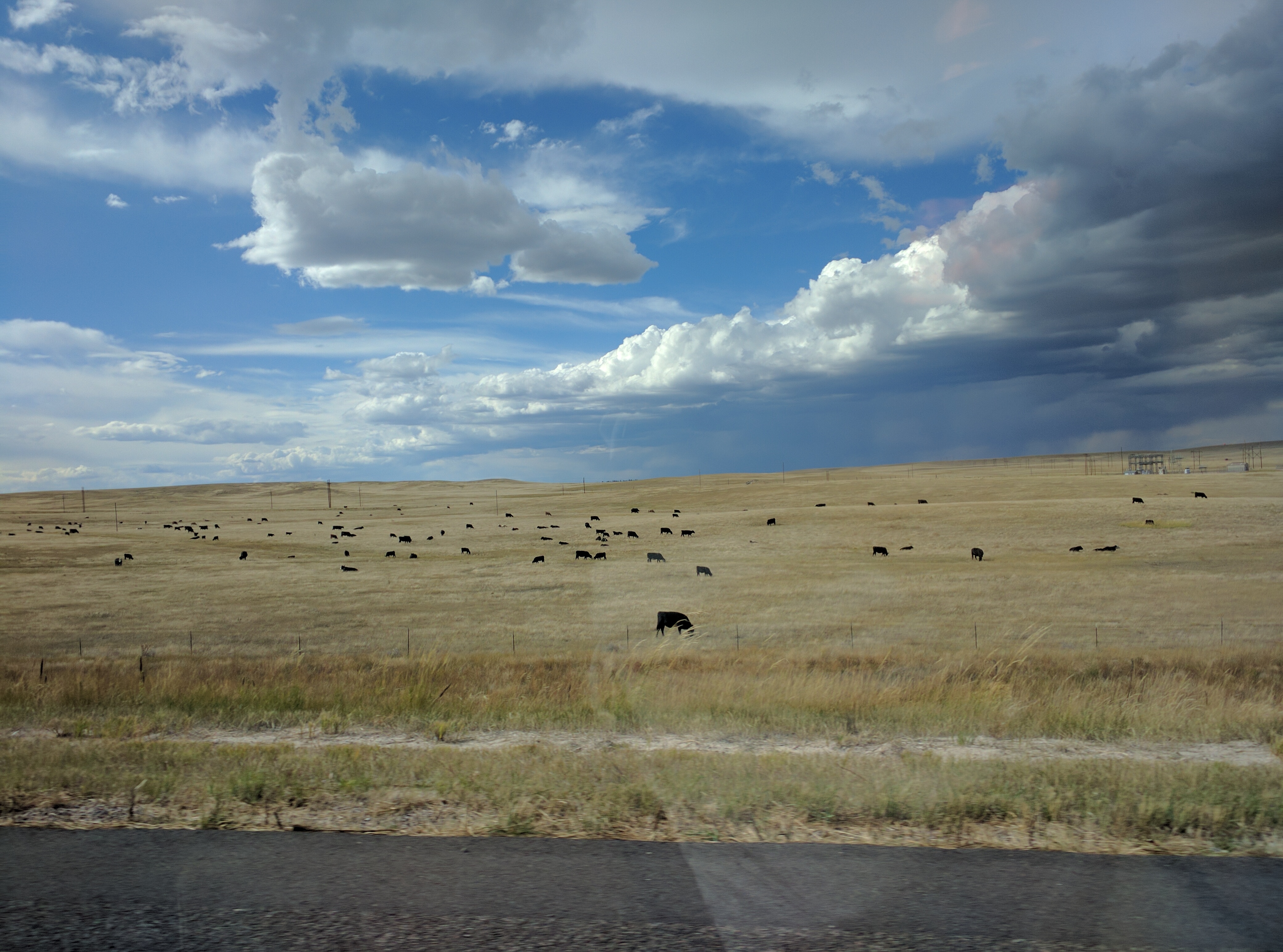


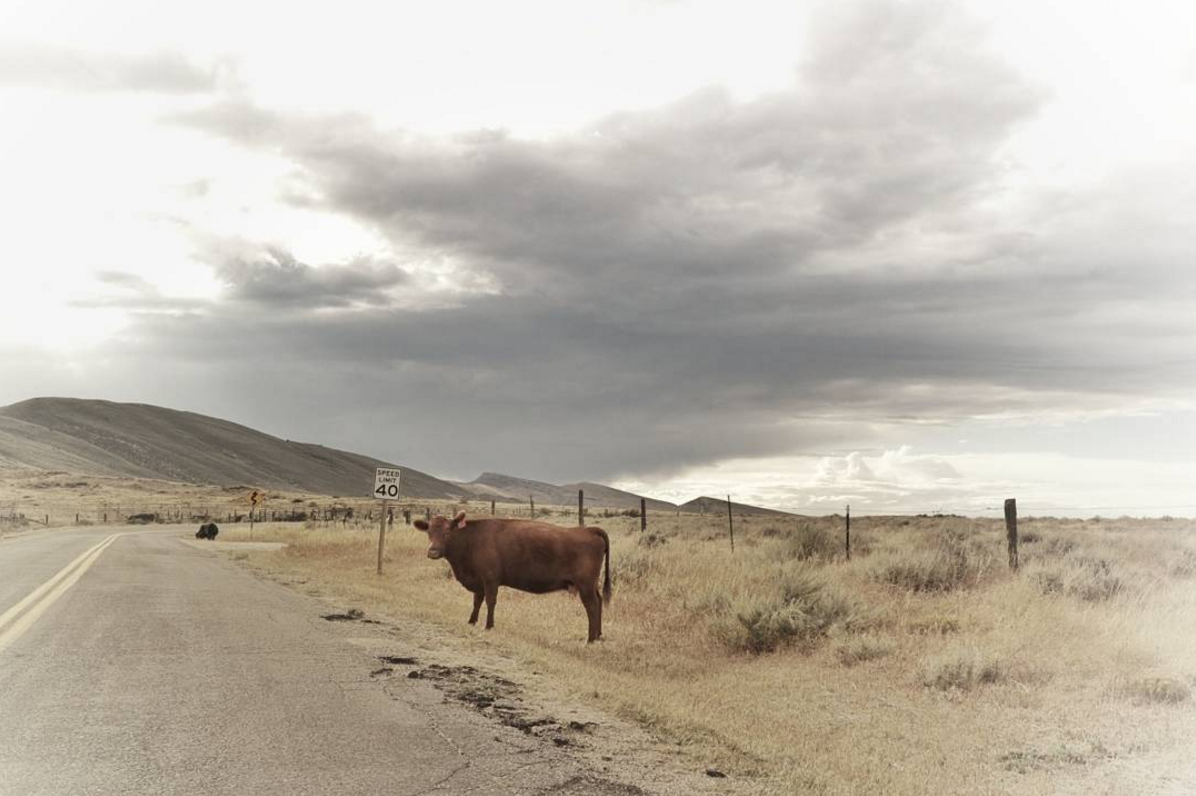
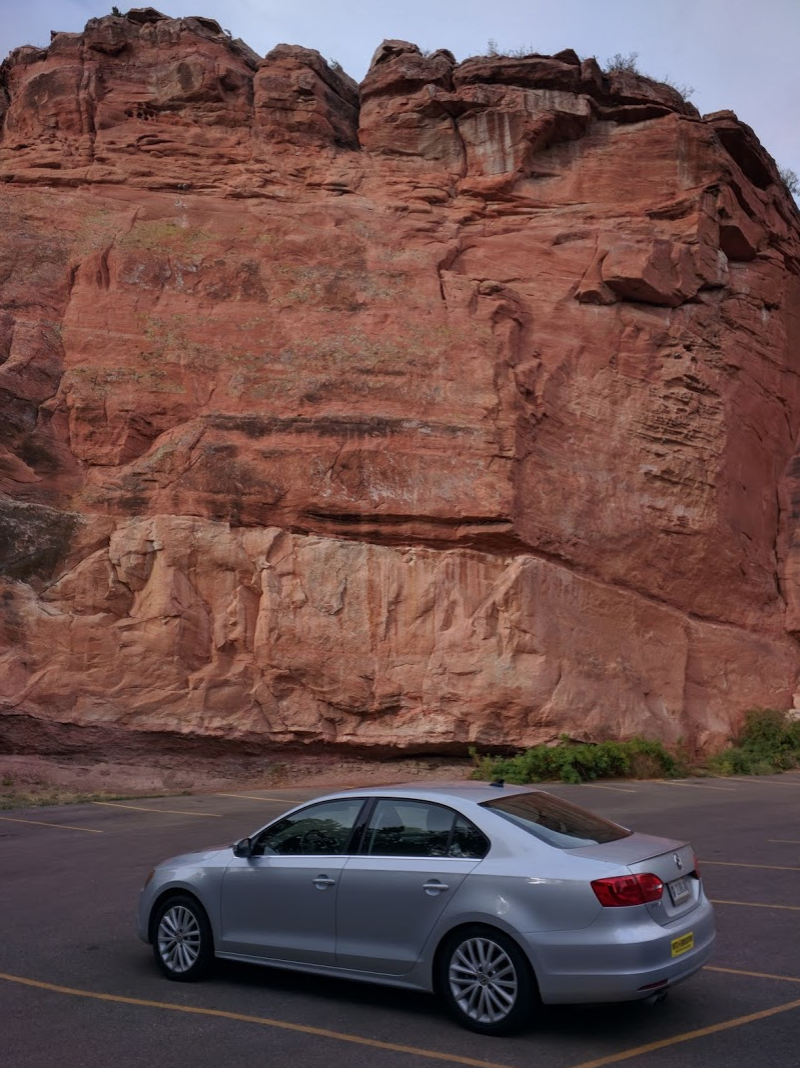
And Idaho…
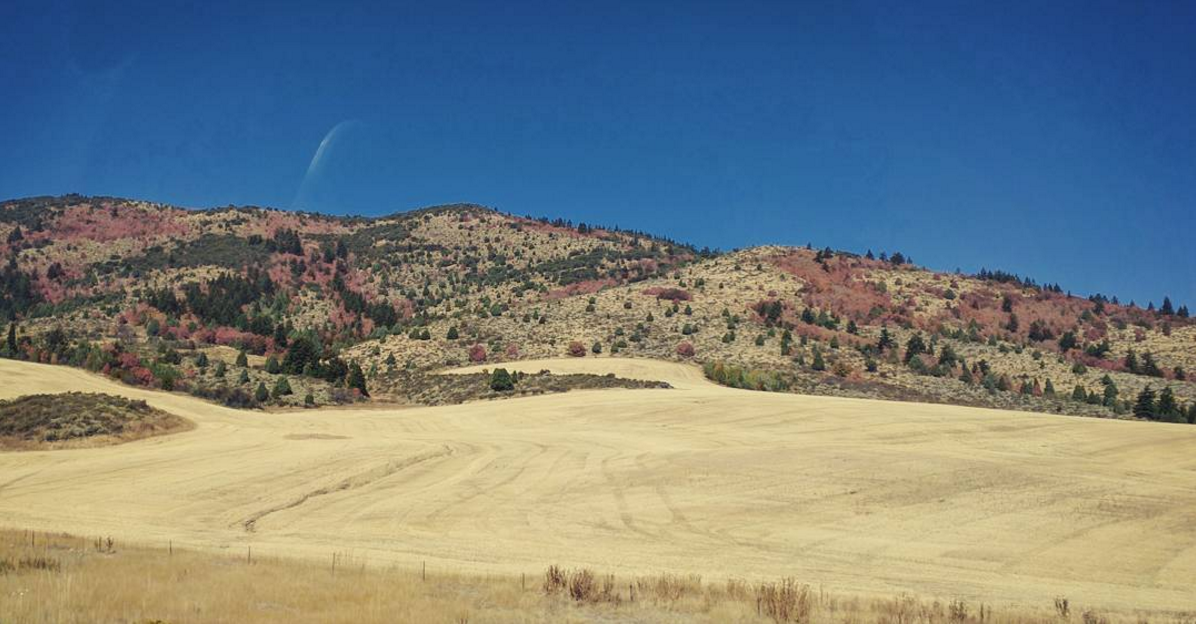
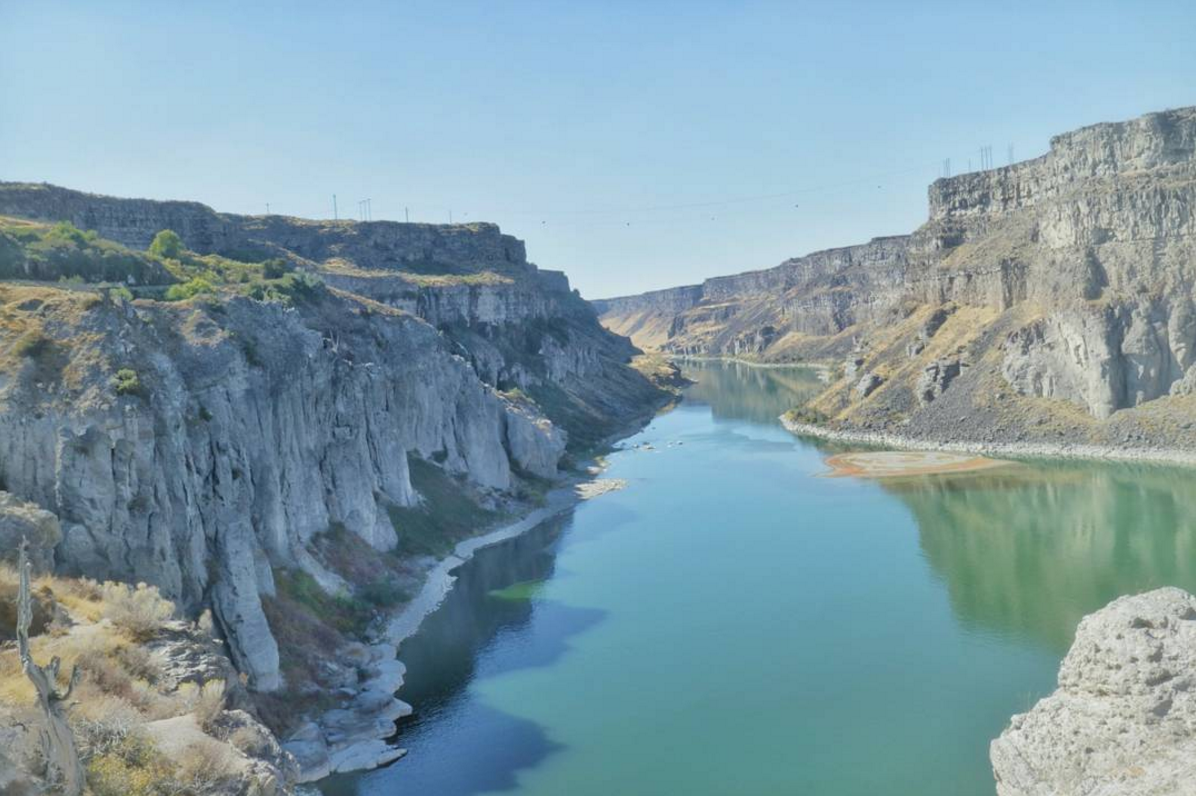
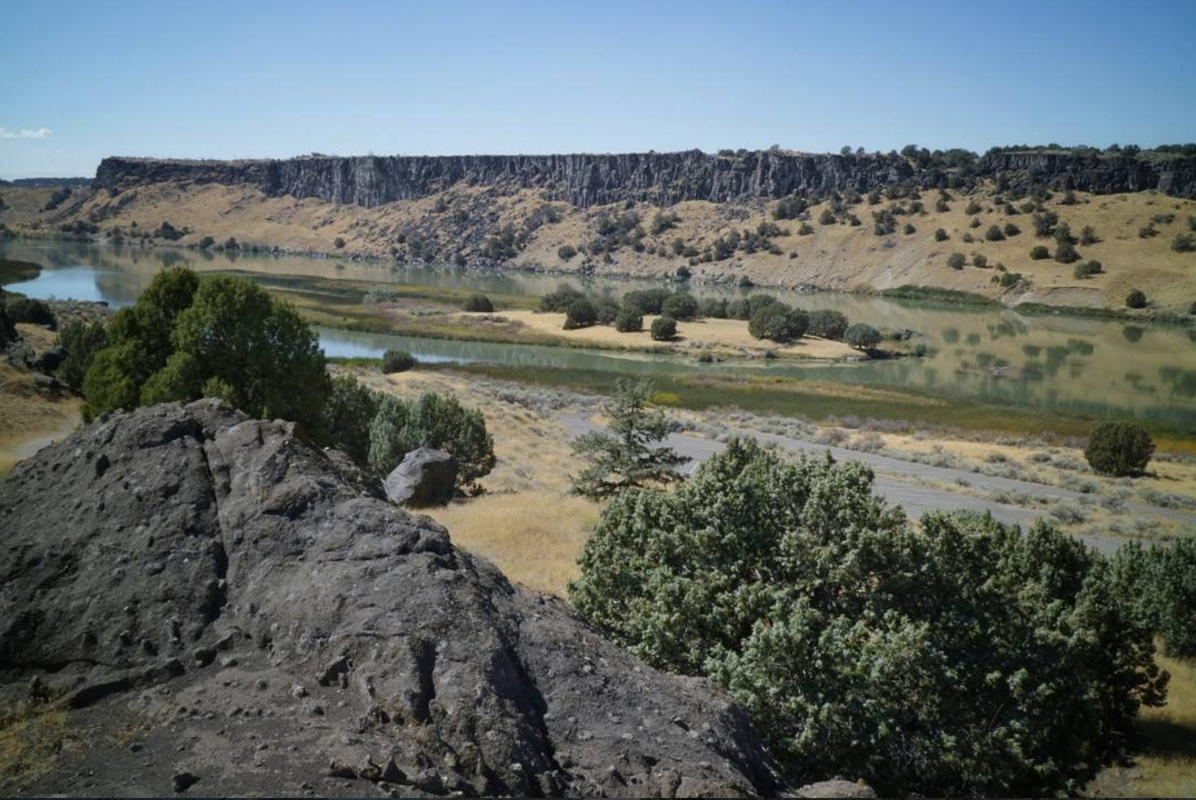
The Top 5 Things I Learned
Obviously, it was beautiful. But it wasn’t just beautiful. Here’s the top 5 things I learned:

1. When the pioneers left, they said goodbye to those that were staying back. Like forever.
Moving to Oregon was a difficult decision. Well, not that hard a decision to make, so much as it was a hard thing to tell my family. I’ve known from the moment I learned about Portland and the rest of the Pacific Northwest that that’s where my soul would be at home. But still, I love my family so much, plus I’m a people-pleaser, so it was so hard to break the news, especially given that one of my brothers had just recently moved back to Indy, and the other is making me an aunt very soon!
But the thing is, if you left the east back in the 1840s, the likelihood that you ever saw your friends and family that stayed back, ever again, was basically null. Knowing that I can hop on a plane right now and be back with my family in a matter of hours is incredible. And, although it’s not the same, there’s also texting. And mail.
And speaking of mail, one of the first places we visited, in Kansas, was a Pony Express Station-turned-museum.
These stations weren’t just for sending/receiving mail; they also were a convenience store, tavern, and had beds for rent in the attic! This is an example of the entrepreneurship of the time — people set up shop along the Trail because demand was high!
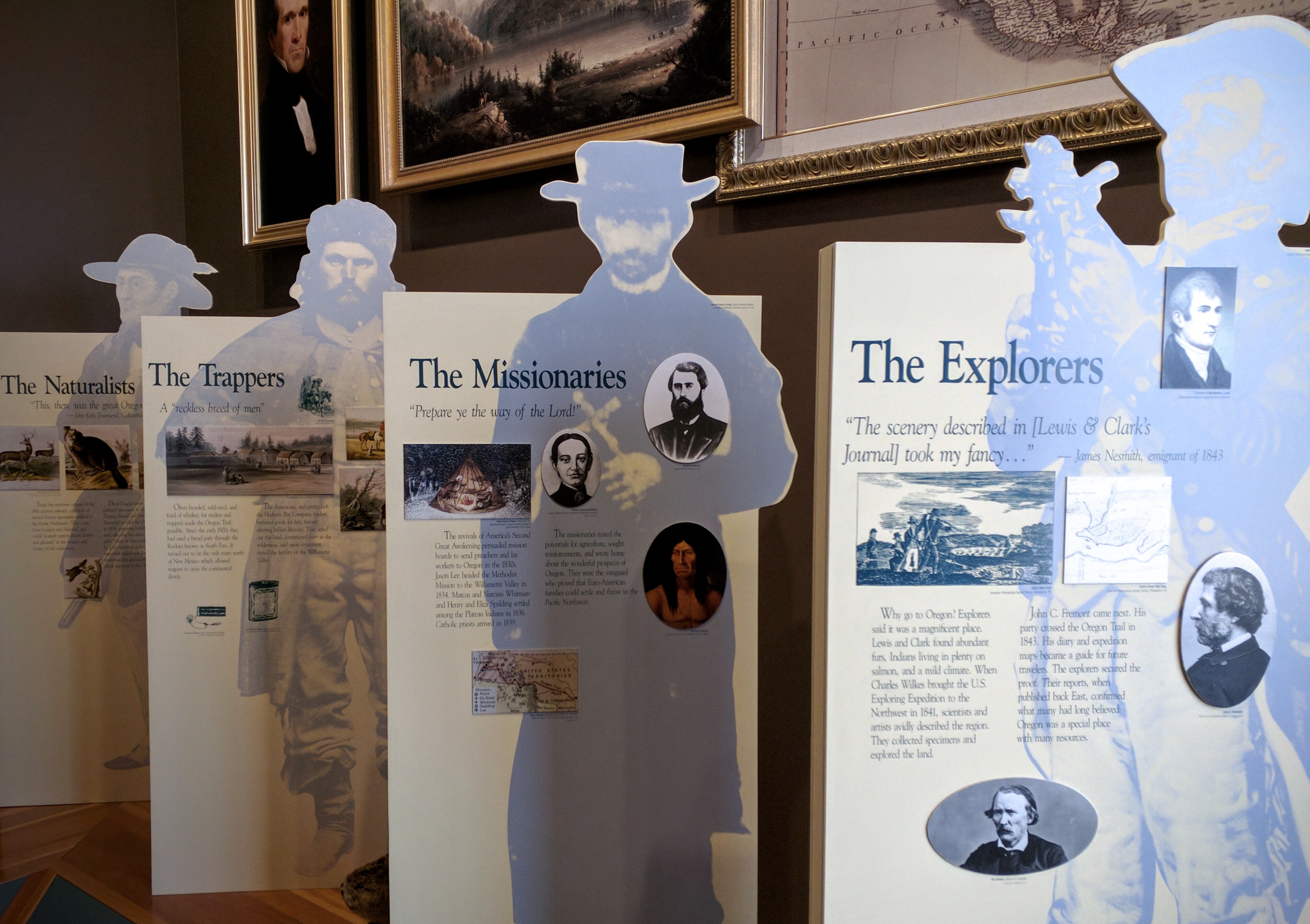
2. The pioneers emigrated for a multitude of reasons.
In all the years I played the Oregon Trail game, I never once questioned why all those people wanted to move to Oregon. (If I actually even realized they were real people from history. I didn’t care about history back then, so I don’t know if I drew that connection at all.)
But I learned at the Oregon Trail Museum in Independence, Missouri that there were actually other trails too, at the same jumping-off point. There was also the Santa Fe Trail, the California Trail, and the Mormon Trail. The Mormons left for religious freedom, which confuses me a little because I’m pretty sure the Constitution was a thing even then. The Santa Fe trail was less for moving and more for trading with the Mexicans (and going back and forth), so it was the first trail to get a railroad. And the California Trail was for the Gold Rush. Over time there were a few other jumping-off points up Missouri and Iowa, but Independence was the main one.
Some of the reasons people took the trail were to be expected, but others took me by surprise. Elderly folks took the trail because their children were going, and they didn’t want to be without them. Kids went because their parents were. Some people left to flee their debts, or punishments for a crime. Some left as missionaries. Some just because of a thing called Manifest Destiny (popular opinion at the time was that America ought to be coast to coast regardless of the native inhabitants). Some left for the rumors of fertile soil. Some left to be entrepreneurs. Some people left to become actors and actresses, some to paint the landscapes, and others just for an adventure just because. Etc. So suddenly these game characters became real people with real stories and skills and humanity.
90% of them survived the emigration.
Why did Michael and I go to Oregon? Because we could. Because #yolo. Because it’s beautiful. Because the culture. Because why not?
But the culture… this is something I would come to really consider the closer we were to arriving… how did the Pacific Northwest culture really become what it is today? It was settled by all these different kinds of pioneers from all over the country — really just a few generations ago. One of the first things we did when we arrived was visit the Library, and with the help of a librarian, I checked out some books on the social history of the region, so I’ll know more about the answer to that question soon.
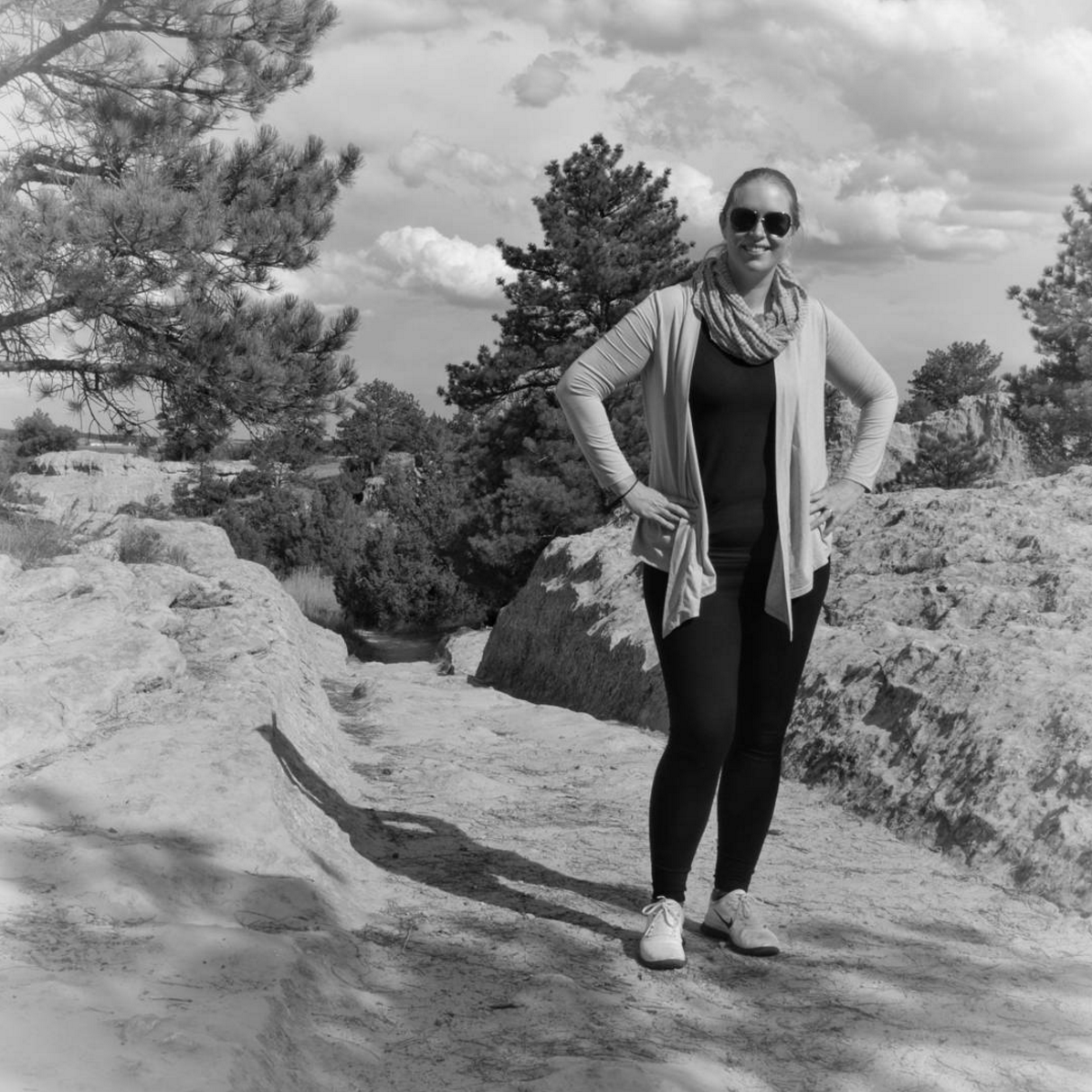
3. The Trail literally became trail ruts that you can stand in.
Again, it blew my mind that this actually existed. And it blew my mind even more that there were so many wagons, on the same route, that the wheels literally carved ruts into ROCK in Wyoming:
Anytime you can stand in a significant piece of history, it’s pretty special. You stand there, you picture their experience in your head, and it becomes so real.
But I should add that unless it was a difficult passage, wagons didn’t travel single file because they kicked up so much dust, making it difficult to see ahead and breathe.
There are supposedly many other areas of conserved trail ruts throughout the route. So much of the West is undeveloped, so this is easier to believe when you actually drive it.
4. The wagons weren’t for riding.
Unless you were terribly sick, or you were the driver, the pioneers walked the entire 2000 miles. The kids and the elderly alike. This was because the wagon (1) was an extremely bumpy ride since the wheels didn’t exactly have shock absorption, and (2) held all your stuff! There was no room! It took ~120 days. Up to 15 miles a day.
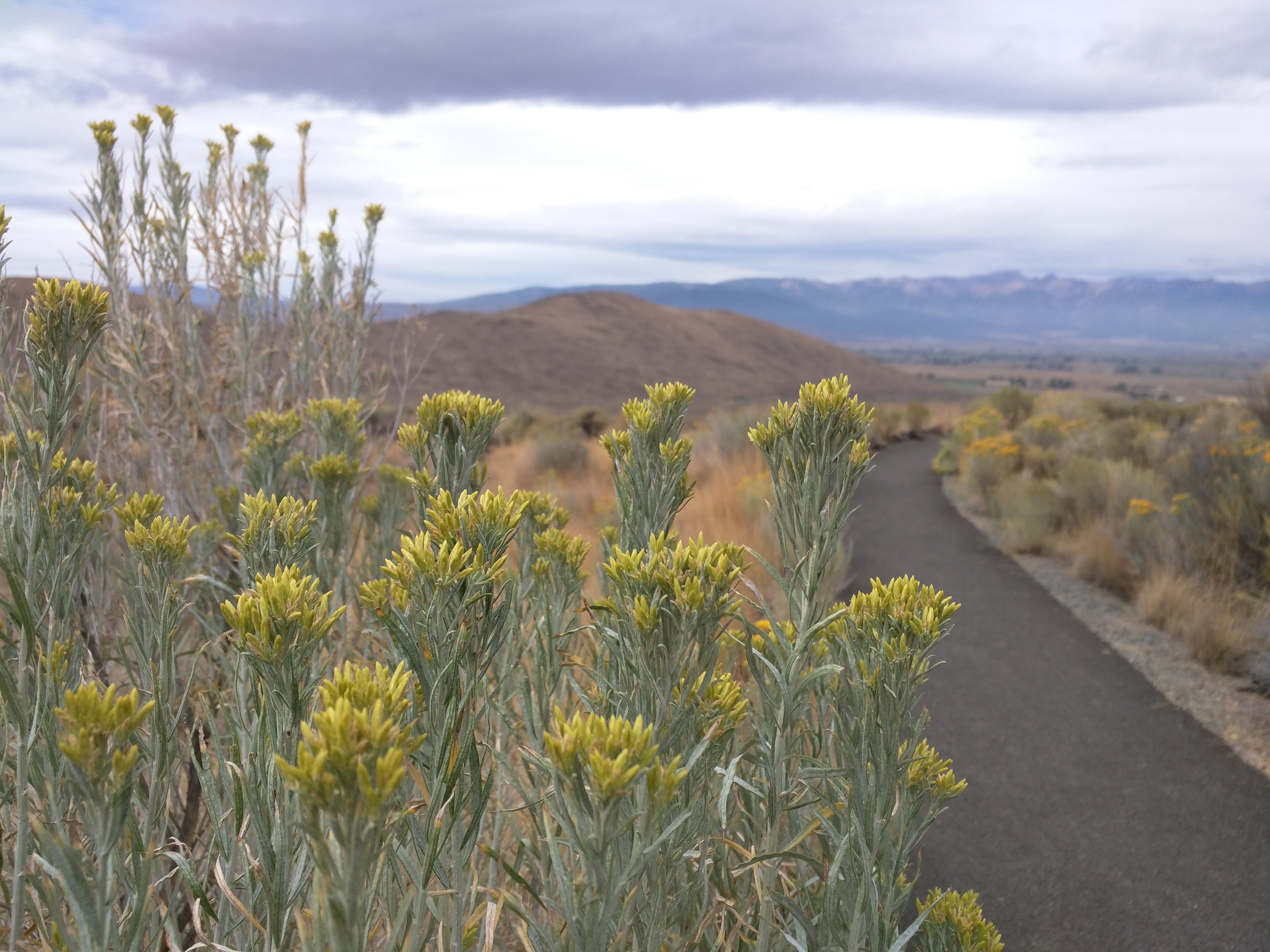
5. This is my home state now.
I was the one driving when we started seeing views and colors like this. I think I hid my tears pretty well from Michael; didn’t want him to think I was driving distracted or anything lol. On the driveway up to the museum I jokingly commented on how wonderful a job their landscape architects did (it’s all natural). These two photos were taken at The Oregon Trail Interpretive Center in eastern Oregon (fantastic place). But after our visit, and we were just taking pictures, I couldn’t help it — I gave him a giant hug and started crying like crazy because it looked like absolute heaven.
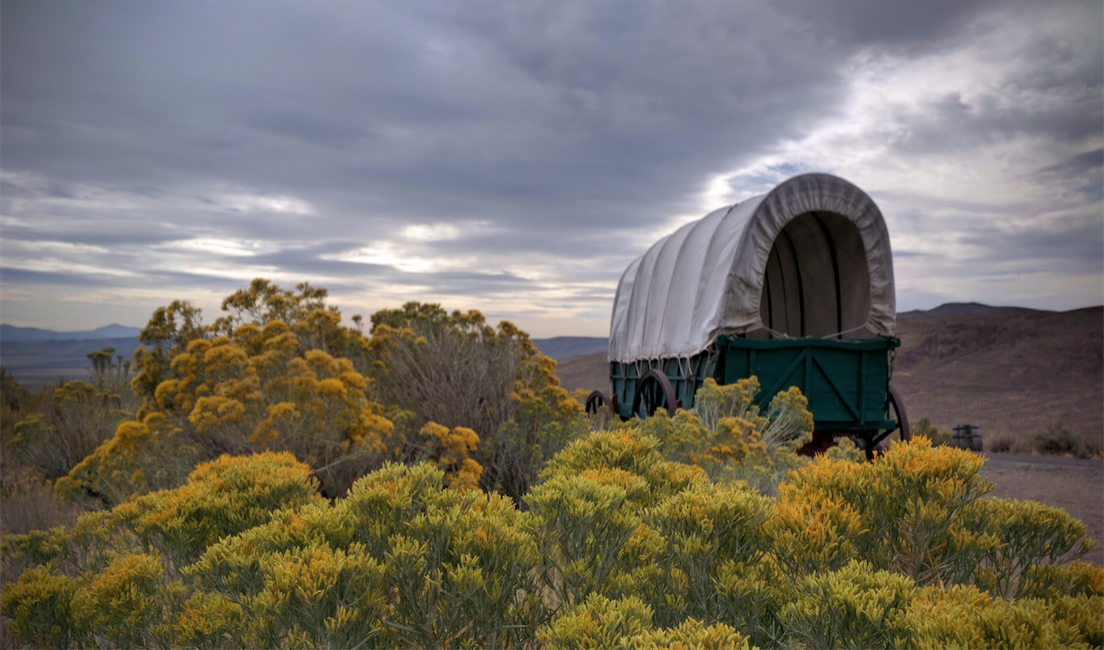
So that’s our story! We made it, and we had absolutely no idea just how special of an experience it would end up being. All in all, a very safe trip too. One deer crossed in front of our car, but he made it, about a thousand dead bugs on the front of the car, and we got one random spontaneous foggy windshield in Wyoming we had to pull over on the interstate to deal with, but no broken axles or cholera!
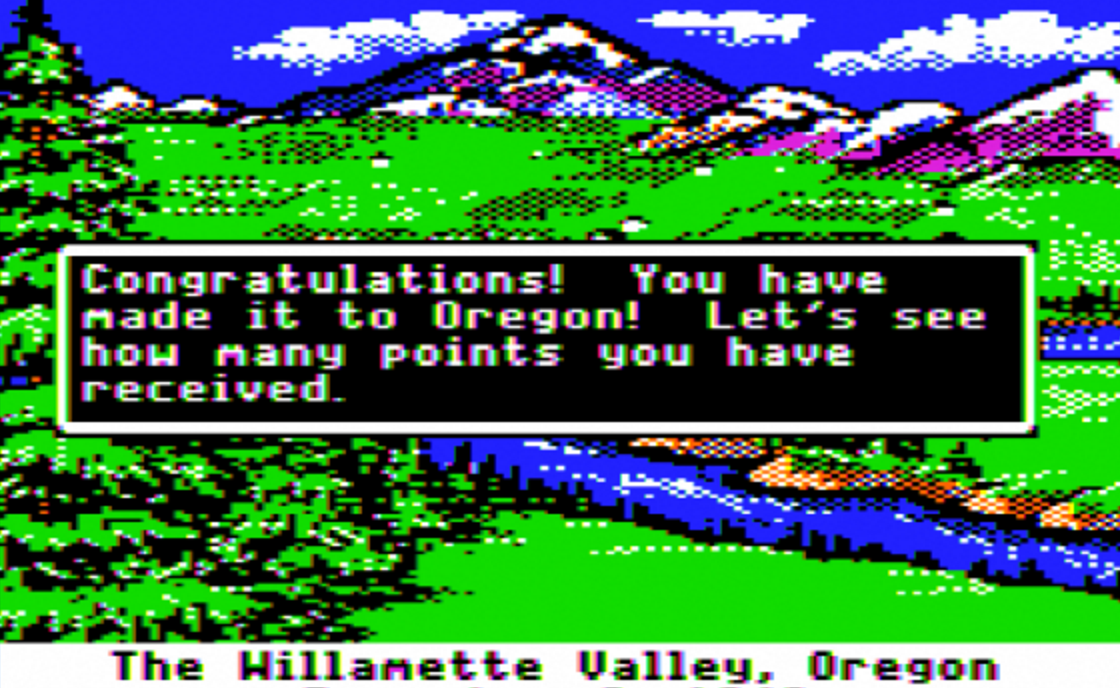
Other, non-Oregon Trail places we visited included:
The St. Louis Arch
I’d been here before on a family vacation to the Rockies, but Michael hadn’t, so we went up to the top and waved goodbye to the other side of the Mississippi.
Brown vs. Topeka Board of Education — Monroe Elementary School
Again, standing in a bit of history is pretty impactful. This was the flagship school for the discrimination/integration Supreme Court case from the 50s that declared that in the field of education, “separate but equal” has no place; that separate is inherently unequal, and you should be able to enroll in the public school nearest you instead of black people being bussed far away just to keep the races separated. I didn’t realize there were actually several schools in the case, and Topeka was chosen to represent the case because facilities and teachers generally were equal, so variables were kept to a minimum.
Stay In Touch!
Get occasional letters from Michael & Hannah.
